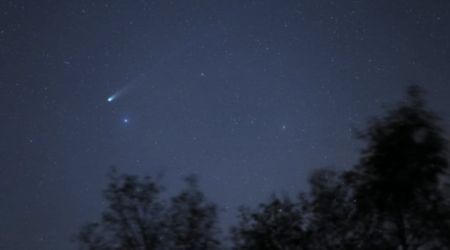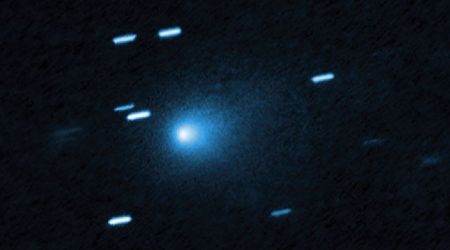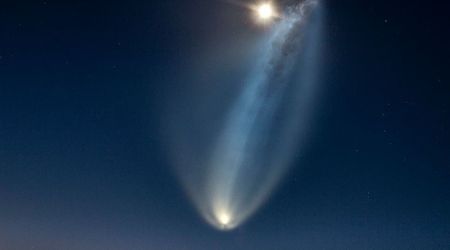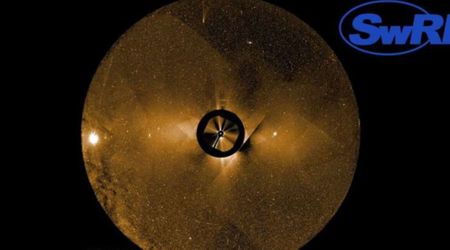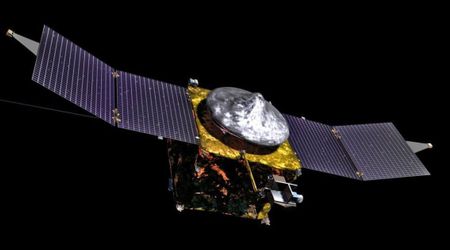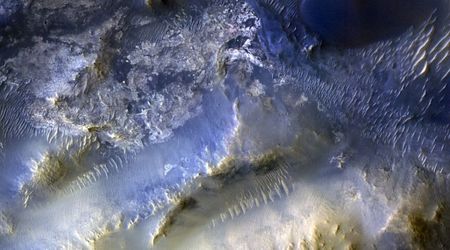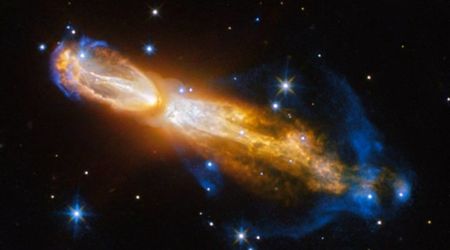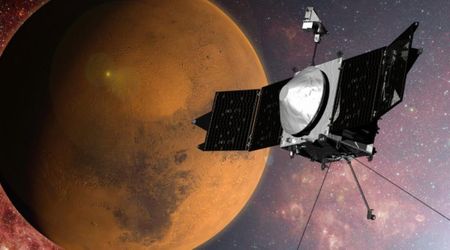10 strangest things Hubble Space Telescope has discovered in space

The Hubble Space Telescope has been a major contributor to space exploration ever since it was delivered into low Earth orbit on April 24, 1990, by NASA's Space Shuttle Discovery. The telescope is a collaboration between NASA and the European Space Agency and has made several groundbreaking discoveries. According to NASA, the space telescope aided in fundamentally changing humanity's understanding of the universe. Its design, technology, and serviceability make it one of NASA's most transformative observatories. Here are ten observations made by the telescope in its 35 years of service in space.
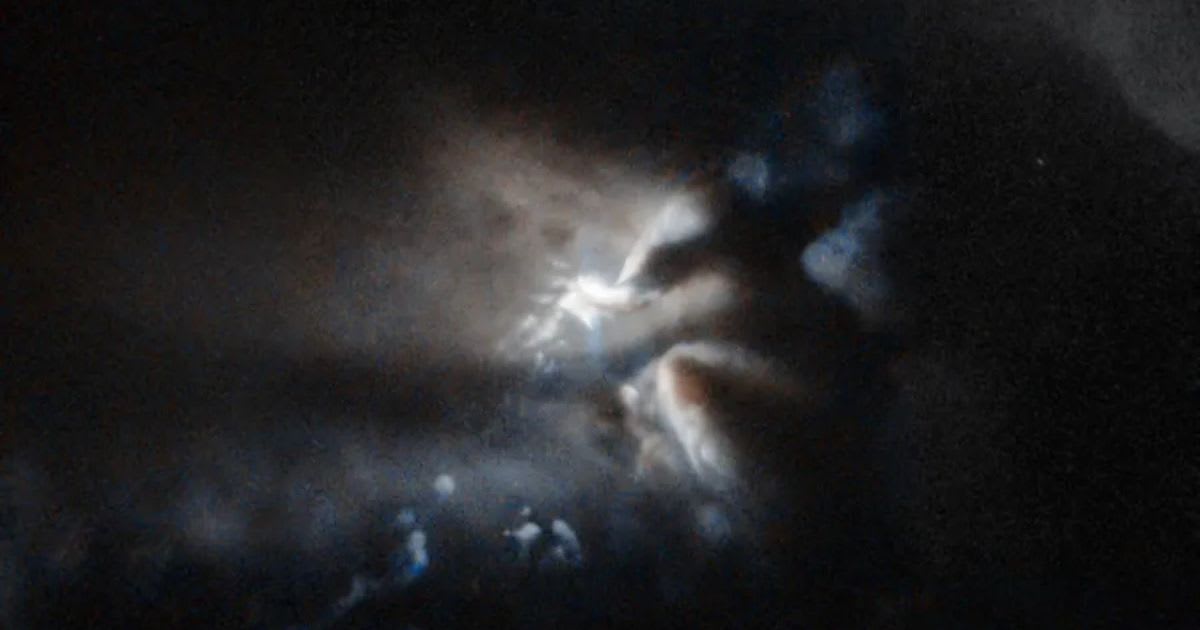
Hubble Peeks Into the Early Universe
Astronomers used the telescope to detect the rare element boron in an ancient star, a clue into the chemistry of the early universe. The element could be the remnants of ancient energetic events that followed the birth of the Milky Way galaxy, as per NASA.
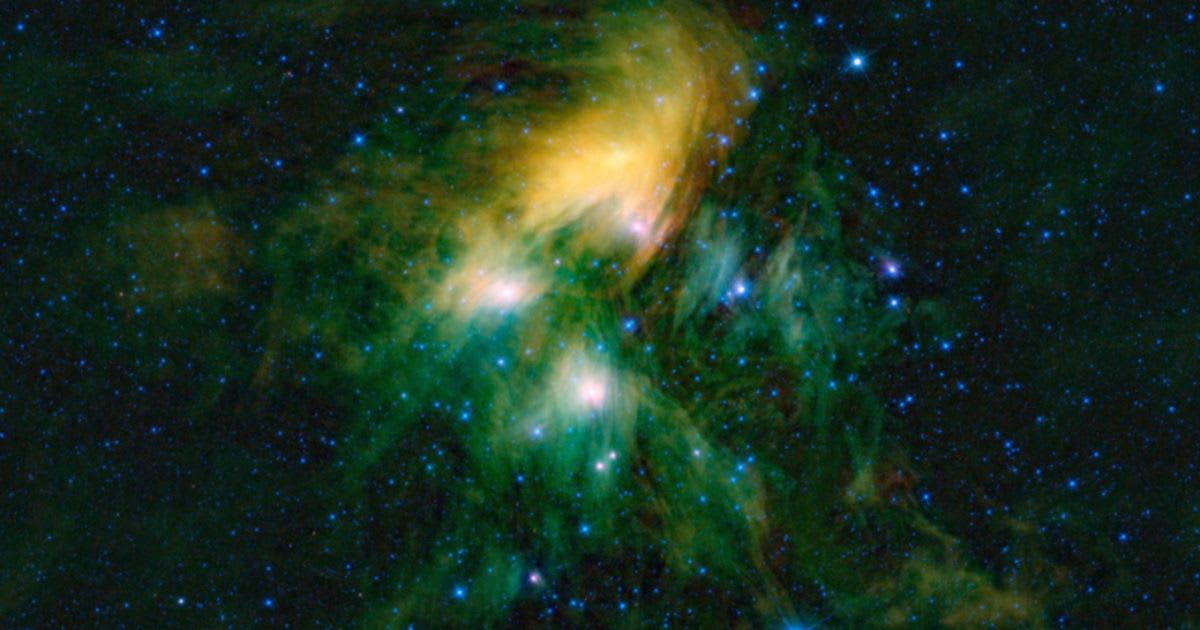
Spotting a Black Hole at a Galaxy's Center
The Hubble proved Einstein’s prediction of gravitationally collapsed objects by discovering a massive black hole in the center of the galaxy M87. According to NASA, Hubble images pieced together a whirlpool of hot gas orbiting around the black hole in the form of a disk, aiding precise measurements of the object.
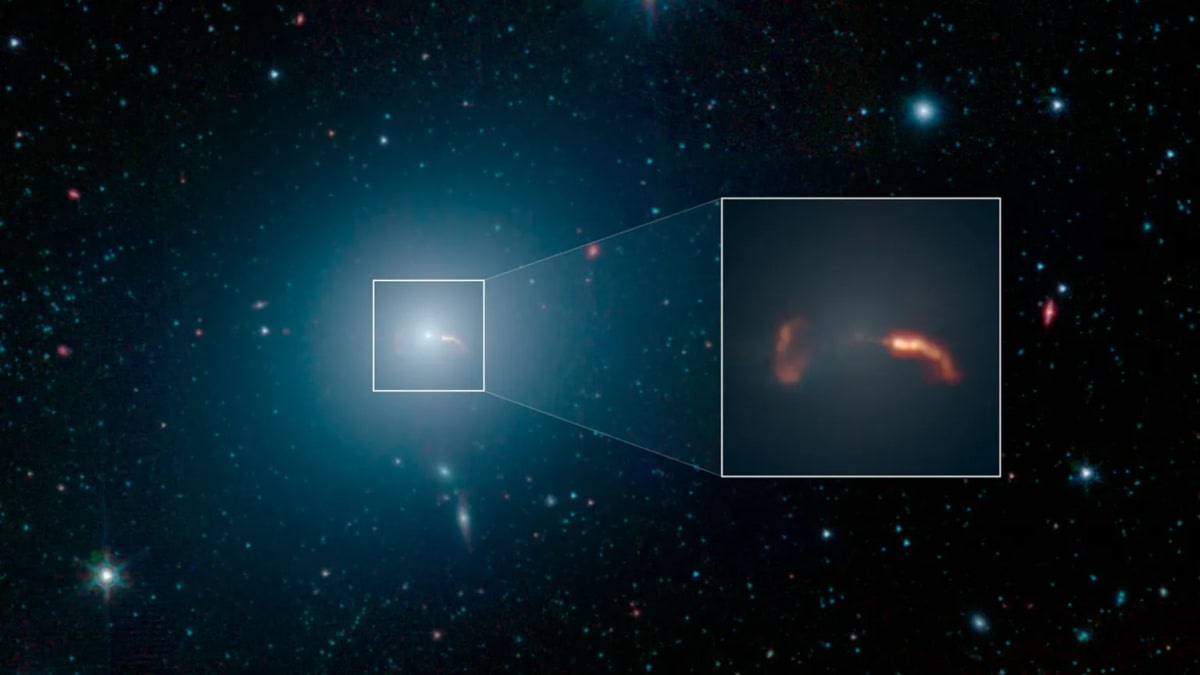
Finding Signs of Life in the Vast Space
The telescope used spectroscopy to make the first detection ever of an organic molecule on an exoplanet. A Jupiter-sized planet (HD 189733b) orbiting another star had methane in its atmosphere. This was a significant step in identifying signs of life on a planet outside our solar system, as per NASA.
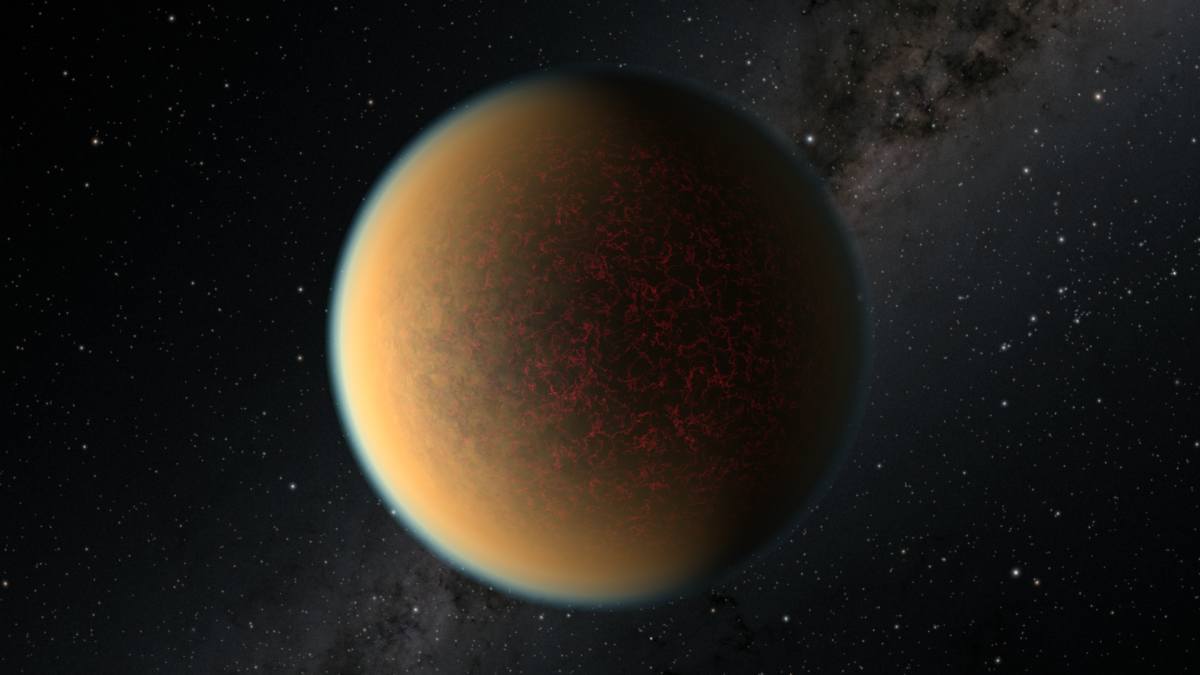
Jupiter's Red Spot Captured During Shrinkage
The Great Red Spot on Jupiter was captured by Hubble, highlighting the gradual shrinkage of the structure. It was at the smallest size ever measured, being only 10,250 miles across in diameter, compared to Voyager 1 and Voyager 2 images, showing a 14,500-mile diameter, as per NASA.

Jupiter's Moon Europa Ejects Water Vapors
The telescope imaged what looked like water vapor plumes erupting from the surface of Jupiter’s moon Europa. This was compared to other Hubble images of high-altitude water vapor plume eruptions, as per NASA. This aided the possibility that Europa’s water could be sampled without having to drill through the ice.
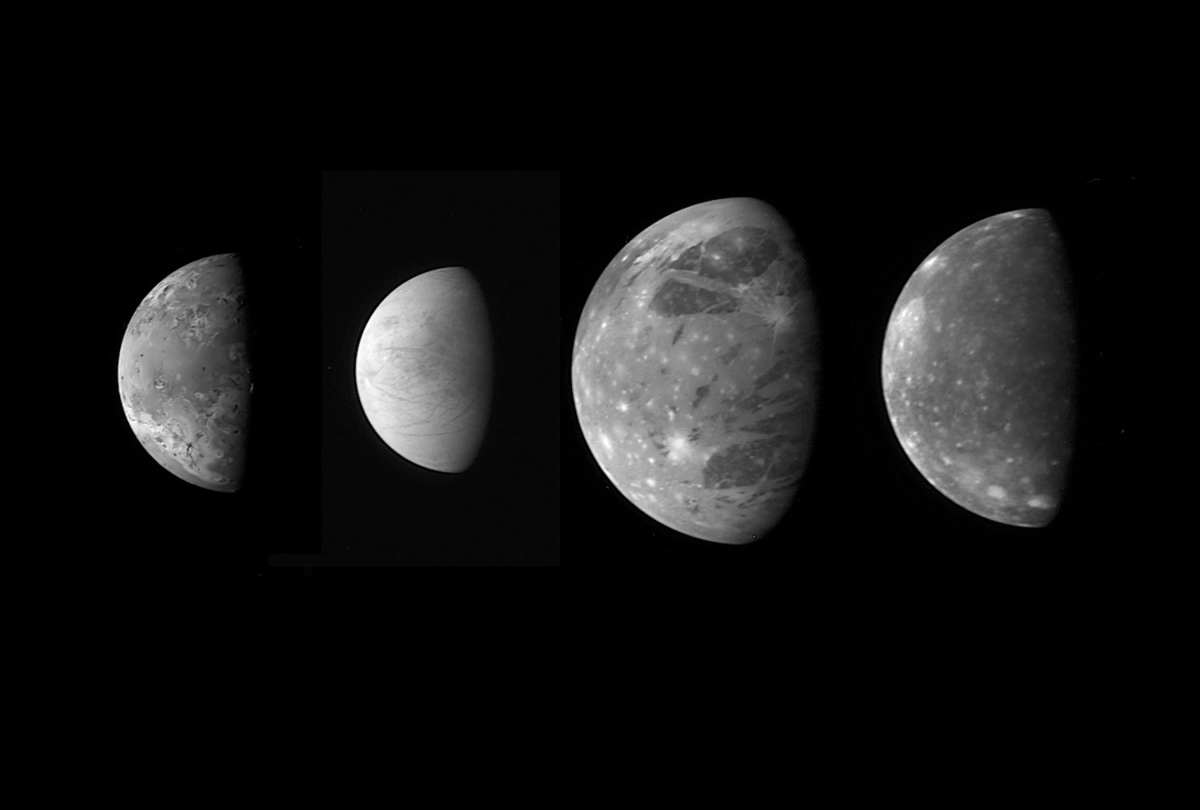
Hubble Observes a Possible 'Exomoon'
NASA’s Hubble and Kepler space telescopes found evidence of a so-called "exomoon" orbiting a planet outside our solar system. As per NASA, the moon is 8,000 light-years away in the Cygnus constellation, orbiting a gas-giant planet around a Kepler-1625b star.
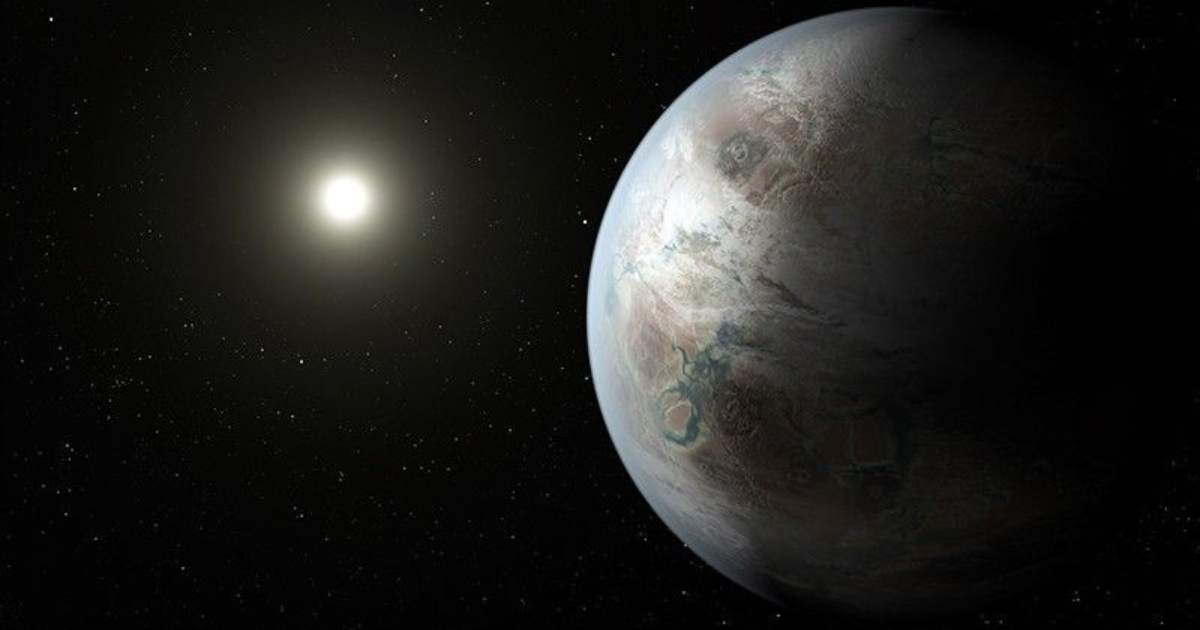
Rogue Black Hole Drifting in Space
For the first time, the Hubble provided direct evidence of a lone black hole in interstellar space, with a precise mass measurement, as per NASA. This rogue black hole, 5,000 light-years away, was unusual as it had no stellar companion, which made it difficult to spot.

Spotting the Stellar Wings in Space
The "Butterfly Nebula," designated NGC 6302, was captured in a series of images between 2009 and 2020. According to NASA, the latest observation looked at it across a more complete spectrum of light. This helped better understand the processes of its multicolored "wings" of gas and gas ejections.
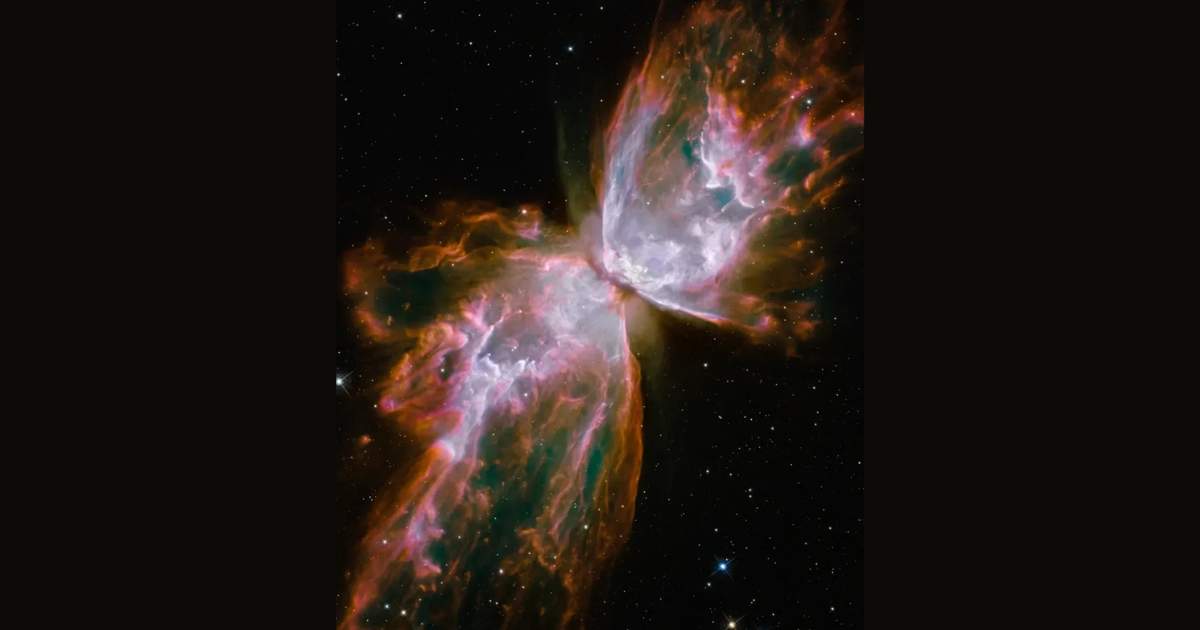
Panoramic Image of the Andromeda Released
A significant visual release was the panoramic view of the neighboring Andromeda galaxy in a 2.5-gigapixel image. Hubble stitched this image together over 10 years using more than 600 Hubble overlapping snapshots, creating a colorful portrait of the galaxy, as per NASA.

Capturing a Cluster of Stars Far Away
ESA and NASA revealed the image of NGC 346, a young star cluster in the Small Magellanic Cloud, around 200,000 light-years away in the constellation Tucana. The detailed view included new data as it combined Hubble’s observations at infrared, optical, and ultraviolet wavelengths.

More on Starlust
NASA’s Hubble Space Telescope captures sharpest-ever picture of interstellar comet 3I/ATLAS
